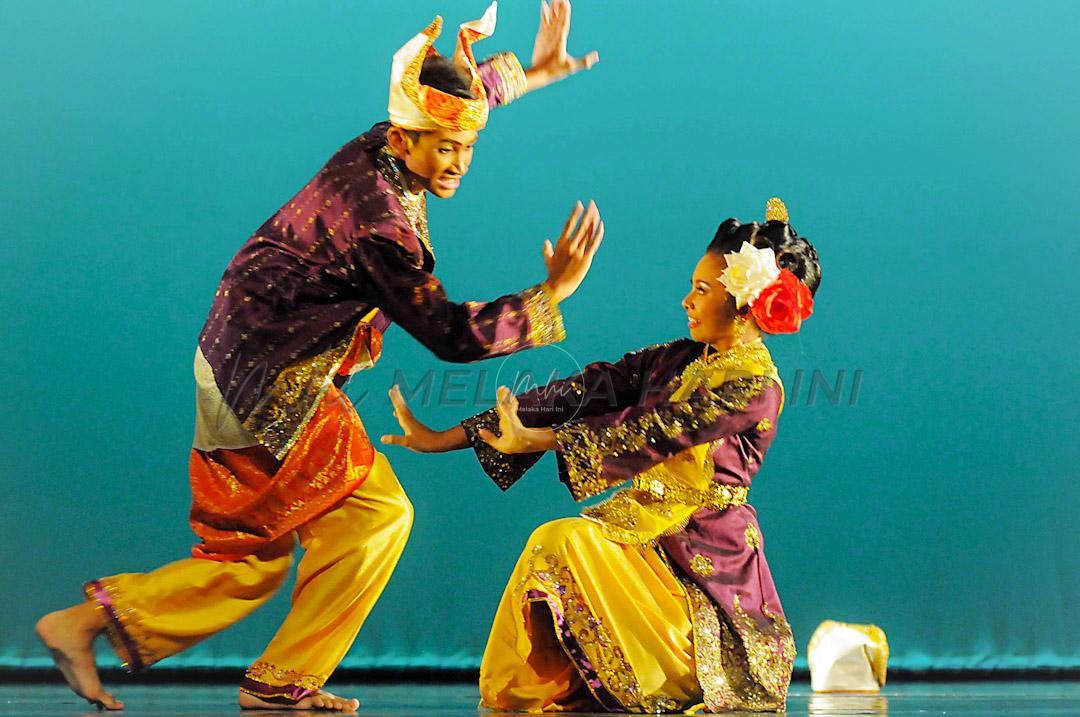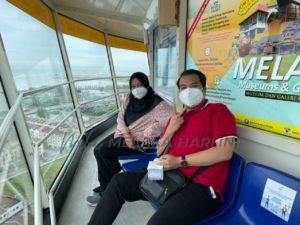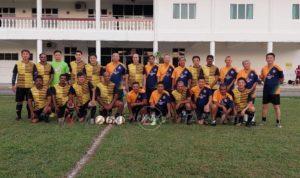
Pekerjaan Kalam: Communicating literatures across the Archipelago
THE nation’s leading periodical on Literature is being distributed gratis beginning some years ago. Dewan Sastera is not sold in the market. It is placed (more of neglected) at the check-out counter at the Dewan Bahasa dan Pustaka bookshop (or Anjung DBP), for anyone to pick one.
This misplaced gesture only snubs the pekerjaan kalam of the most valuable part of Malay cultural heritage. The monthly which began in 1971, during the vibrant years of national literature “always in search for artistic discoveries and dynamic new thinking” (Sentiasa mencari serta menemukan hasil kesenian dan pemikiran baru yang dinamik), as stated in its portal, has tragically been trivialized (diremehkan).
When asked, the standard response was that Dewan Sastera “Tiada sambutan dari pembaca” (No response from readers). Tragic is an understatement. There are infinite ways to promote national literature to the nation, and throughout the region. I would delve more into this in a future column.
I am not a great fan of literature. But I know when I see a literary piece worth its salt. My schooling years at Penang Free School first got me reading the Sejarah Melayu and Hikayat Hang Tuah; also Arenawati’s Sandera, and Pramoedya Ananta Toer’s Ateis The genius of Malay literature is just lost due to our apathy and ambivalence. The year 2004 saw the release of a much awaited work brilliantly examining concepts of literary creativity, poetics and aesthetics in traditional Malay literature. It is by London University’s School of Oriental and African Studies scholar Vladimir Braginsky.
His book titled A Historical Survey of Genres, Writings and Literary Views: The Heritage of Traditional Malay Literature (2004) is a landmark in the scholarship. Braginsky, who earlier conceived and wrote its initial version in Russian, opens his Introduction on traditional Malay literature as pekerjaan kalam (the deed of the reed pen). That is the most valuable part of the cultural heritage of the Malays. By Malays, Braginsky refers to inhabitants of the Malay Peninsula, East Sumatra some areas of Kalimantan (Borneo) and other islands of the Malay Archipelago. He cites that the earliest vestiges of Malay literature are preserved in inscriptions carved on stone steles with characters of South Indian origin, and later works, mostly anonymous, in some 8,000 to 10,000 manuscripts in Jawi.
Braginsky significantly compares this with “their Javanese neighbours.” Having assimilated Hinduism and Buddhism, the Javanese created magnificent architectural and sculptural monuments, and remarkable bas-reliefs. We can vividly see (and experience) this on the Borobudur. The Malays are also familiar with religious doctrines from India. According to Braginsky, unlike the Javanese, Malays in those areas mentioned can boast of modest achievements in the visual arts.
If in Javanese culture, “at the height of its fame the whole universe, and even literature itself, was understood as a beautiful temple,” Malay culture “saw the Universe as a book, a work of literature.” Malay cosmology came into being with the Sublime Pen on the Guarded Tablet. Malay authors like to quote Ibn al-‘Arabi: “We were Lofty Letters yet unmoved/Attached to our Abode in the Highest Peaks.” To the Malay worldview, literature is not just the creation of a scribe, but was “itself a scribe imprinting words on the ‘sheet of memory,’ thereby shaping human personality.”
The foundation of Malay culture is literature. If Bahasa Melayu, which for centuries have been both the means of communication within the Malay Archipelago, and a vehicle of trade, culture and religious communication among the linguistically varied population in the region, the literature created in the Bahasa Melayu served as a medium through which literatures of the Archipelago could ‘communicate.’ It provided access to the Malay literary experience, as well as to other literatures, in particular Indian and Arabico-Persian. These connected Malay society with other “worlds of letters.”
The role of the Archipelago in international and inter-insular trade, at least from the fifteenth century, allows us to assume that traditional Malay literature have been bifunctional, ethnic and inter-ethnic at the same time, as early as the Hindu-Buddhist period. Later, with Malay becoming one of the international languages of Islam, works in Malay were written from Acheh to the Maluku. Foreigners and sojourners also contributed to Malay literature. These were by Muslim missionaries and preachers.
As a result, traditional Malay literature (and Bahasa Melayu), became a common heritage of the peoples of modern Malaysia, Indonesia, Brunei, Singapura, and the Malay areas of the northern Malay peninsula/Southern Thailand. Braginsky resurrects it from having been ‘buried’ twice – first by German Malayist Hans Overbeck (1920s), than by British colonial administrator Richard Winstedt (1939), who spoke for the modern Malay that “…his old literature…has become dead as the leather puppets of the shadow-play when the lights of the theatre have been extinguished,” Instead, Malay literature remains vibrant and vigorous.
The custodians of DBP must read Braginsky if they have not. If they have, re-read him in a new, vigorous perspective. Malay literature, if we to measure by the state of Dewan Sastera is not dead. It is always polysemic – ready to reveal to the reader a new facet of its meaning, hidden or unnoticed before, and to resume a dialogue with his/her persona. Traditional Malay literature is a living heritage, mirroring all aspects of Malay life – ideals, national characters, budi and beliefs.
We have to keep it alive by a variety of perspectives. Traditional Malay literature, and national literature is for all; and certainly not only for “penyelidik, pensyarah univeriti dan maktab, mahasiswa, calon gurue, pelajar menenfgah tinggi dan peminat” (researchers, university and college lectures, teacher candidate, higher secondary school students and those interested), so says the portal. Dewan Sastera, in purveying and curating traditional and national literature, must strive its readership for every Malaysian citizen.
Literature is the production and the consumption of the pekerjaan kalam. The custodians of more than a millennium of Malay letters must progress, not regress, in embracing national literature as integral to modern life and nationhood.
Langgani saluran Telegram kami untuk dapatkan berita-berita yang terkini.


